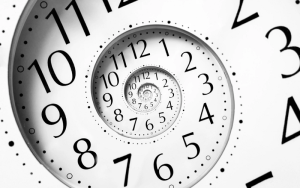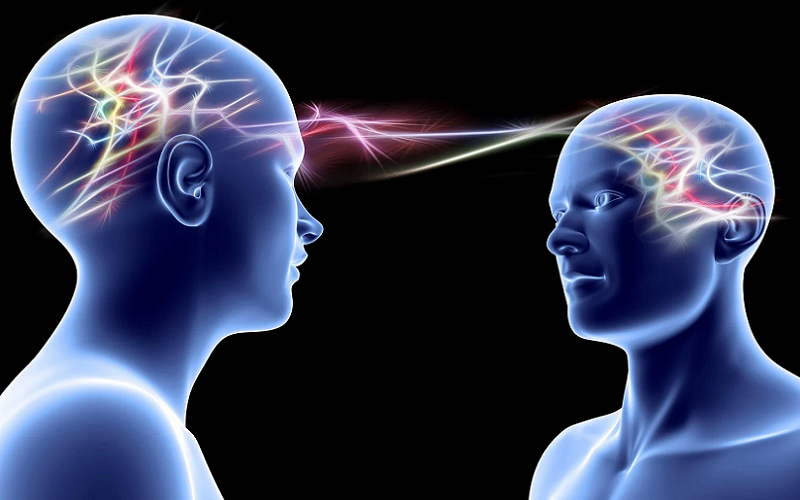
Dream telepathy, as the term suggests, is the purported ability to communicate telepathically with another person while in a dream state. It’s a captivating intersection of the well-documented phenomenon of dreaming and the enigmatic world of telepathy, a form of extrasensory perception that, though contested by many, has sparked curiosity for centuries. The mind is an enigma, an uncharted territory full of unanswered questions and unexplored pathways. Here we journey into the mysterious corners of dream telepathy, offering an exploration of its history, theoretical underpinnings, and the various studies conducted to understand it.
Contents
The Concept of Telepathy: A Background
Before delving into the complex realm of dream telepathy, it is necessary to understand the fundamental concept of telepathy itself. The term telepathy, coined from the Greek words ‘tele’, meaning ‘distant’, and ‘pathos’ or ‘patheia’, meaning ‘feeling’, ‘perception’, or ‘experience’, is often described as the transmission of information from one person to another without using any known human sensory channels or physical interaction.
The Roots of Telepathy
Telepathy has its roots in the annals of human history, with references dating back to ancient civilizations. Ancient Greek philosophers like Plato and Pythagoras believed in the existence of a universal mind that could enable communication between two souls. In tribal societies, shamans and medicine men were thought to have telepathic abilities, which allowed them to communicate with spirits and animals.
In the late 19th century, the term telepathy was formalized by Frederic W. H. Myers, one of the founders of the Society for Psychical Research in London. The society conducted extensive research into paranormal phenomena, including telepathy. While much of their work was largely dismissed by the mainstream scientific community, it laid the groundwork for future exploration into the subject.
The Intersection of Telepathy and Dreaming
The concept of telepathy becomes even more intriguing when it intersects with the realm of dreams. The idea of dream telepathy suggests that individuals might be able to share information or experiences within dreams. This notion challenges our understanding of both dreams and telepathy, as it implies a level of connectivity and consciousness during sleep that is not yet fully understood [1].
Many cultures worldwide have folklore and beliefs supporting the idea of dream telepathy. Aboriginal Australians, for example, believe in the concept of ‘dreamtime’, a sacred era in which the spiritual ancestors of the people could communicate through dreams. In modern times, stories of shared or predictive dreams continue to pique our curiosity about the potential telepathic abilities of the dreaming mind.
Criticism and Skepticism Around Telepathy
Despite its intriguing premise, telepathy, and by extension dream telepathy, has faced significant criticism and skepticism. The scientific community often challenges it due to the lack of consistent, reproducible evidence under controlled experimental conditions. Critics argue that many purported instances of telepathy can be explained by confirmation bias, chance, or other psychological phenomena such as the Forer effect, which refers to the tendency of people to see vague and general statements as uniquely applicable to themselves [2].
However, while skepticism is healthy in the pursuit of scientific truth, it is also important to remain open to new ideas and possibilities. Just as many concepts in science were once considered impossible or unlikely, the mysteries of telepathy and dream telepathy might yet yield surprising discoveries with further research and understanding.
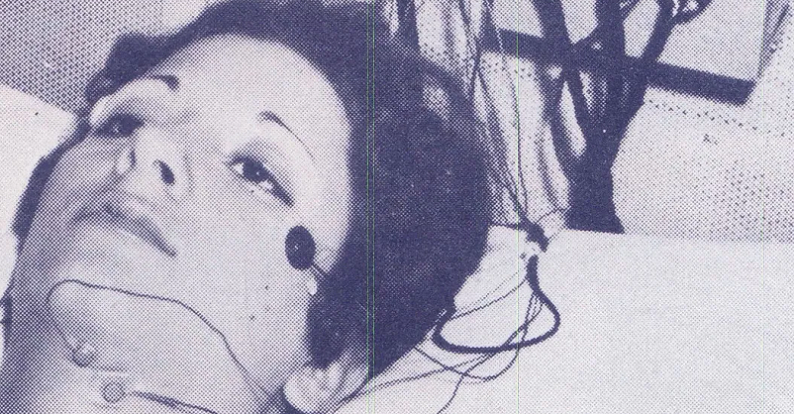
The Science of Dreams
Dreams have been a source of fascination for humanity since time immemorial. They are a universal experience, yet each dream is unique to the dreamer. Despite decades of research, the true purpose and understanding of dreams remain elusive. However, significant progress has been made in our understanding of the physiological processes involved in dreaming.
Understanding the Dreaming Brain: REM and Non-REM Sleep
Sleep consists of multiple stages, primarily distinguished into Rapid Eye Movement (REM) and Non-Rapid Eye Movement (NREM) sleep. NREM sleep has three stages: N1, N2, and N3, which progress from light to deep sleep. After the NREM stages, sleep transitions into the REM stage, which is when most dreaming occurs. During REM sleep, our brain activity increases, resembling that of when we’re awake, and our eyes dart back and forth rapidly under our eyelids — hence the name [3].
These stages of sleep occur in cycles throughout the night. As the night progresses, REM sleep periods increase in length, which is why we often wake up from a dream in the morning. Understanding these sleep stages is crucial in studying dream telepathy, as it might help researchers identify when such telepathic exchanges are most likely to occur.
Theories of Why We Dream
There are several theories about why we dream. The psychoanalytic theory, proposed by Sigmund Freud, suggests that dreams are a reflection of repressed desires and unconscious thoughts. Another theory is the activation-synthesis model, which suggests that dreams are the brain’s attempt to make sense of random neural firing during REM sleep.
The threat simulation theory posits that dreaming is a biological defense mechanism that has evolved to simulate threatening events, thereby preparing individuals to deal with threats in real life. Alternatively, the continual-activation theory proposes that dreams serve to help in the consolidation of memories and learning.
None of these theories, however, fully explain why we dream or why some dreams seem to contain shared or telepathic content. This is an area where further research could provide fascinating insights.
The Role of Dreams in Emotional Processing
Recent research has suggested that dreams might play a significant role in emotional processing. This theory suggests that during REM sleep, the brain processes emotional experiences from the waking hours, which can help in managing stress and promoting emotional health.
Neuroimaging studies have shown that during REM sleep, the amygdala, a brain region associated with emotion processing, is highly active. This might explain why dreams often have a strong emotional component and why intense real-life events often manifest in our dreams [4].
The role of dreams in emotional processing adds another layer of complexity to the concept of dream telepathy. If our dreams are not only reflecting our own emotional states but also potentially receiving emotional input from others, it opens up a whole new avenue for understanding human connection and empathy.
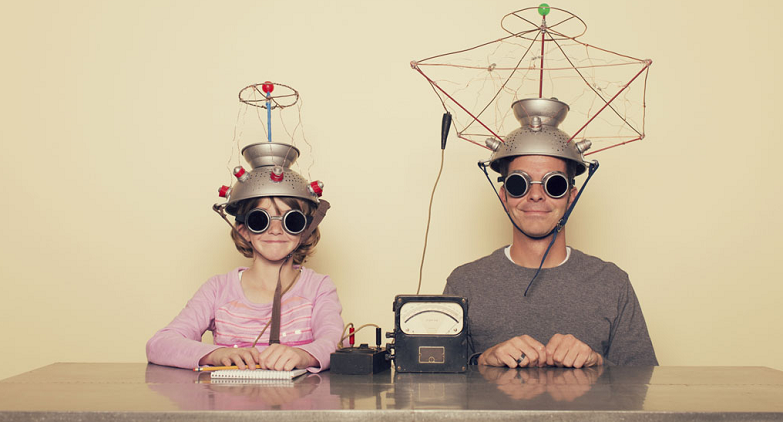
Documented Cases of Dream Telepathy
Despite the skepticism surrounding the subject, there have been numerous reported cases of dream telepathy throughout history. These experiences, often deeply personal and emotionally significant, have contributed to the continued interest and curiosity in this mysterious phenomenon.
Overview of Notable Cases
One of the most famous cases of dream telepathy involves the sinking of the Titanic in 1912. Many individuals reportedly had precognitive dreams or visions of the disaster before it happened. While skeptics argue that these reports could be attributed to coincidence or false memories, the sheer number and detail of such accounts are certainly thought-provoking.
Another notable case involves the renowned psychologist Carl Jung. Jung reported a series of dreams and visions in the years leading up to World War I, which he believed were precognitive and possibly telepathic. He dreamt of a great flood which he interpreted as a warning of impending disaster. Months later, the war broke out [5].
Shared dreams are another intriguing aspect of dream telepathy. These occur when two or more people have the same or very similar dreams on the same night. Though anecdotal, there are countless accounts of shared dreams between close friends, family members, or romantic partners. These instances often involve shared symbols, themes, or events, leading to speculation about a possible telepathic link between the dreamers.
Analysis of Recurring Themes and Symbols
Many reported cases of dream telepathy involve recurring themes or symbols. This is particularly interesting when considering that many cultures share common dream symbols or archetypes, as proposed by Carl Jung. This could suggest a collective unconscious or a shared mental and symbolic space, which could potentially facilitate telepathic communication.
The potential for dream telepathy opens up new and exciting possibilities for understanding our subconscious mind and its capabilities. While anecdotal evidence is fascinating, it’s important to approach these cases with a critical eye, understanding that personal experiences can be influenced by numerous factors, including our beliefs, perceptions, and desires. Nevertheless, these accounts underscore the need for further rigorous scientific exploration into the realm of dream telepathy.
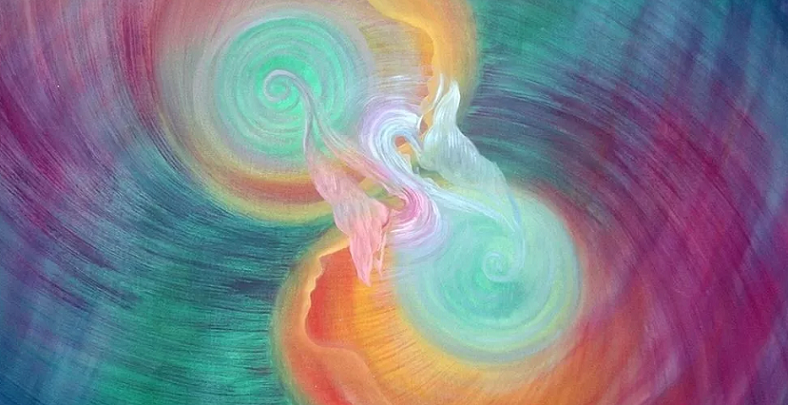
Exploring the Unconscious Mind: Carl Jung’s Perspective
To delve deeper into the concept of dream telepathy, it’s valuable to consider the work of Carl Jung, a Swiss psychiatrist and psychoanalyst who made significant contributions to our understanding of the unconscious mind. While not directly addressing dream telepathy, Jung’s theories provide a rich framework for exploring such phenomena.
Jung’s View on Dreams and the Collective Unconscious
Jung believed that dreams serve as a window into the unconscious mind, containing symbols that reflect our internal psychological states. He proposed the idea of a “collective unconscious,” a shared layer of unconsciousness that houses archetypes — universally shared symbols and themes. If one accepts the existence of a collective unconscious, it isn’t a far leap to consider the potential for shared or telepathic dreams.
The Theory of Synchronicity and Its Relation to Dream Telepathy
Another of Jung’s key contributions is the concept of synchronicity, which refers to meaningful coincidences that can’t be explained by conventional cause-and-effect relationships. Jung believed that such synchronicities could reveal deeper patterns and connections within the collective unconscious.
In the context of dream telepathy, synchronicity could potentially explain instances where two individuals have strikingly similar dreams. These shared dream experiences may not be mere coincidences but could represent synchronistic events, revealing a deeper connection between the individuals involved.
The Significance of Archetypes in Dream Interpretation
Jung’s concept of archetypes also holds relevance to dream telepathy. Archetypes, according to Jung, are universal themes or symbols found across different cultures and eras. They are embedded in the collective unconscious and can manifest in our dreams [6].
If we consider dream telepathy within this framework, it’s plausible that these shared symbols or themes might provide a common language for telepathic communication during dreams. This approach suggests that shared or telepathic dreams could be a manifestation of these universal archetypes within the collective unconscious.
While Jung’s theories don’t provide concrete evidence for dream telepathy, they offer a compelling framework for considering such phenomena. The concepts of the collective unconscious, synchronicity, and archetypes open up exciting avenues for exploring and interpreting potential cases of dream telepathy.
Quantum Physics and Dream Telepathy: A New Perspective
Venturing beyond the realms of psychology and neuroscience, some researchers have proposed that quantum physics could potentially provide a framework for understanding phenomena such as dream telepathy. This perspective is still largely speculative and controversial but it presents an intriguing possibility.
Introduction to Quantum Entanglement
One of the key principles of quantum physics is the phenomenon of quantum entanglement, where two particles become inextricably linked, and a change to one particle results in an instant change to the other, regardless of the distance separating them. Albert Einstein famously referred to this as “spooky action at a distance.”
While quantum entanglement has been reliably demonstrated at the particle level, it is a matter of debate whether it can be applied to larger systems or complex phenomena like consciousness and telepathy.
Potential Connection between Quantum Physics and Telepathy
The idea of quantum entanglement presents a tantalizing parallel to telepathic communication. Just as entangled particles seem to “communicate” instantaneously over vast distances, telepathy suggests a form of communication that transcends conventional physical limitations.
A few researchers have proposed that quantum processes could occur within the brain and might contribute to consciousness. This perspective, known as quantum consciousness, is highly speculative and far from being accepted by mainstream science. However, if quantum processes do play a role in consciousness, it could potentially provide a mechanism for phenomena like dream telepathy.
Criticisms and Challenges of the Quantum Theory of Telepathy
The idea of applying quantum physics to explain telepathy, let alone dream telepathy, is not without its critics. Many scientists argue that the brain is too “warm and wet” to support the delicate quantum states, which typically require extremely cold temperatures to maintain.
Furthermore, there is currently no empirical evidence linking quantum processes to consciousness or telepathic phenomena. Critics argue that the appeal to quantum physics often serves more as a placeholder for the unknown rather than a legitimate explanation.
Despite these criticisms, the potential connection between quantum physics and telepathy continues to intrigue some researchers. While we’re far from having a definitive understanding, the interplay between these two areas underscores the complexity of both consciousness and the quantum world. As our understanding in these fields deepens, we may yet uncover surprising links and insights.
References
[1] Telepathic Dreams
[2] Telepathy And Dreams: A Controlled Experiment With Electroencephalogram-Electro-Oculogram Monitoring
[3] Where are you, my beloved? On absence, loss, and the enigma of telepathic dreams
[4] Dream telepathy: Experiments in nocturnal ESP
[5] An Experimental Approach to Dreams and Telepathy
[6] Communicating with a dreaming person is possible

